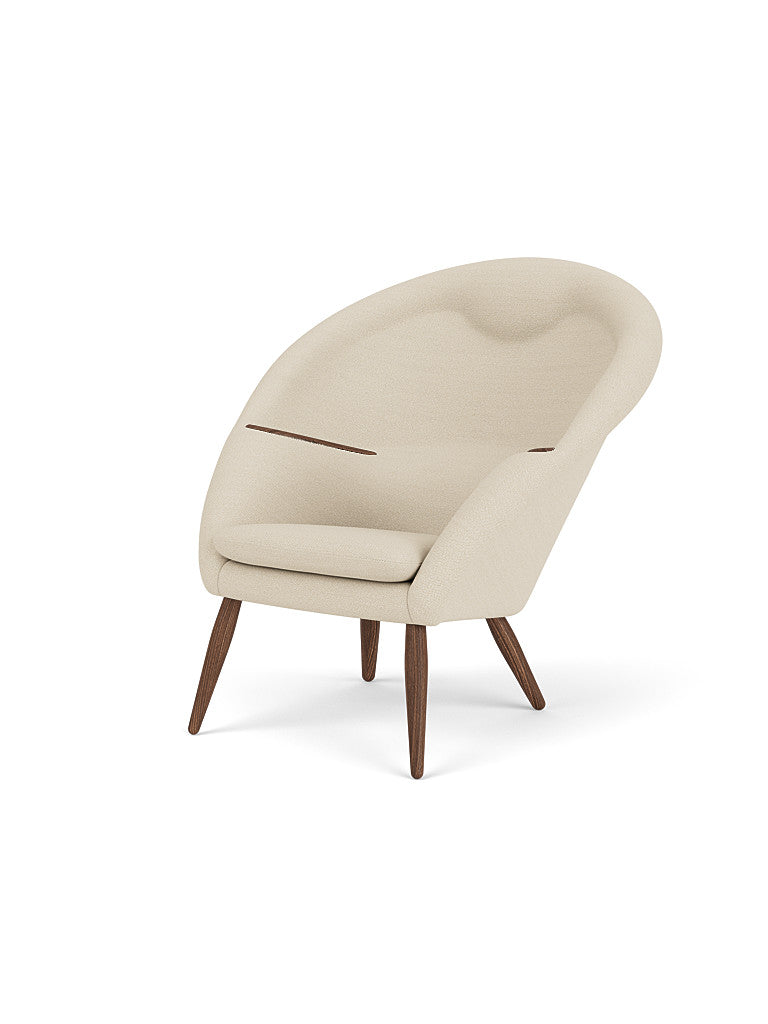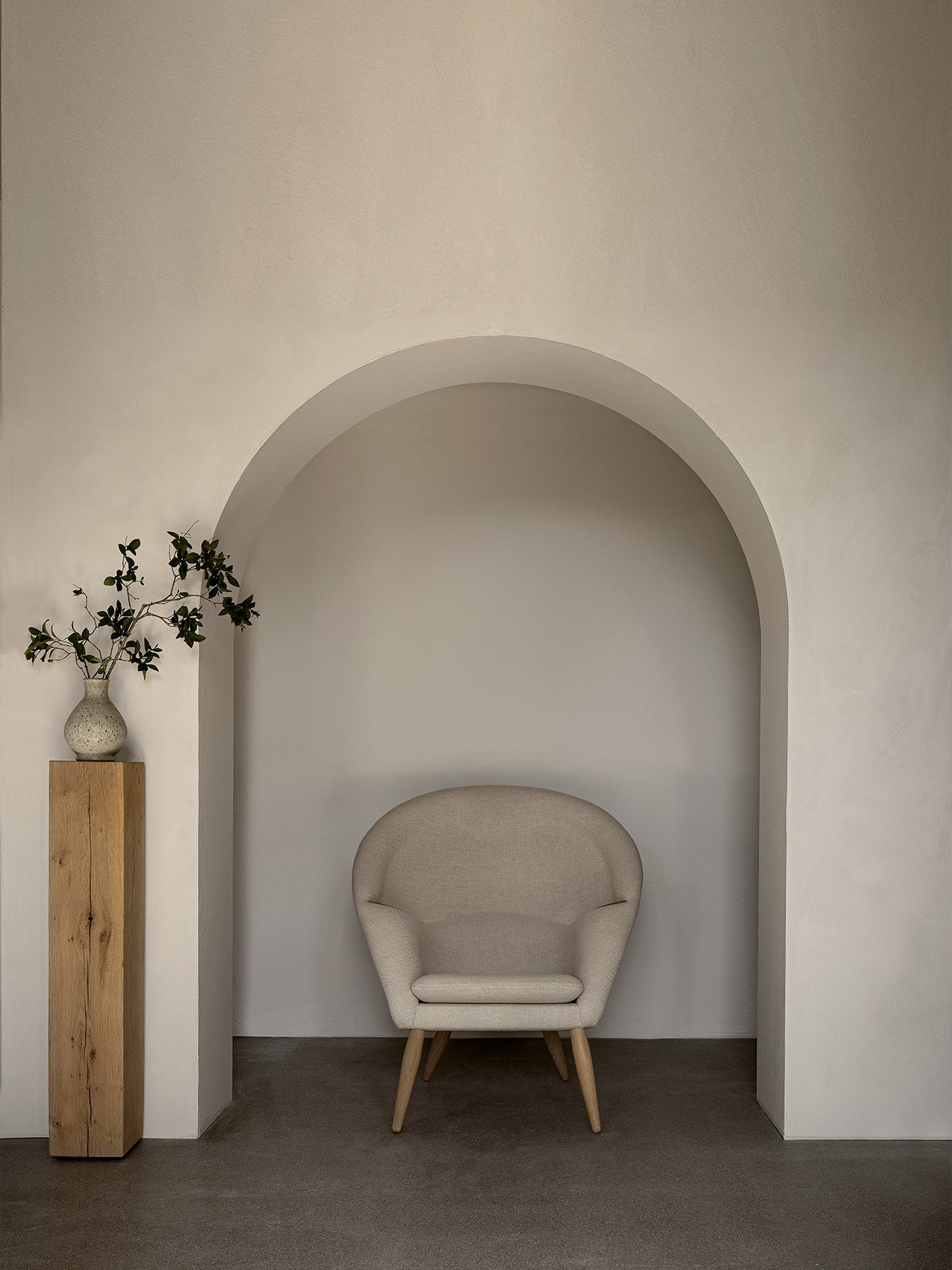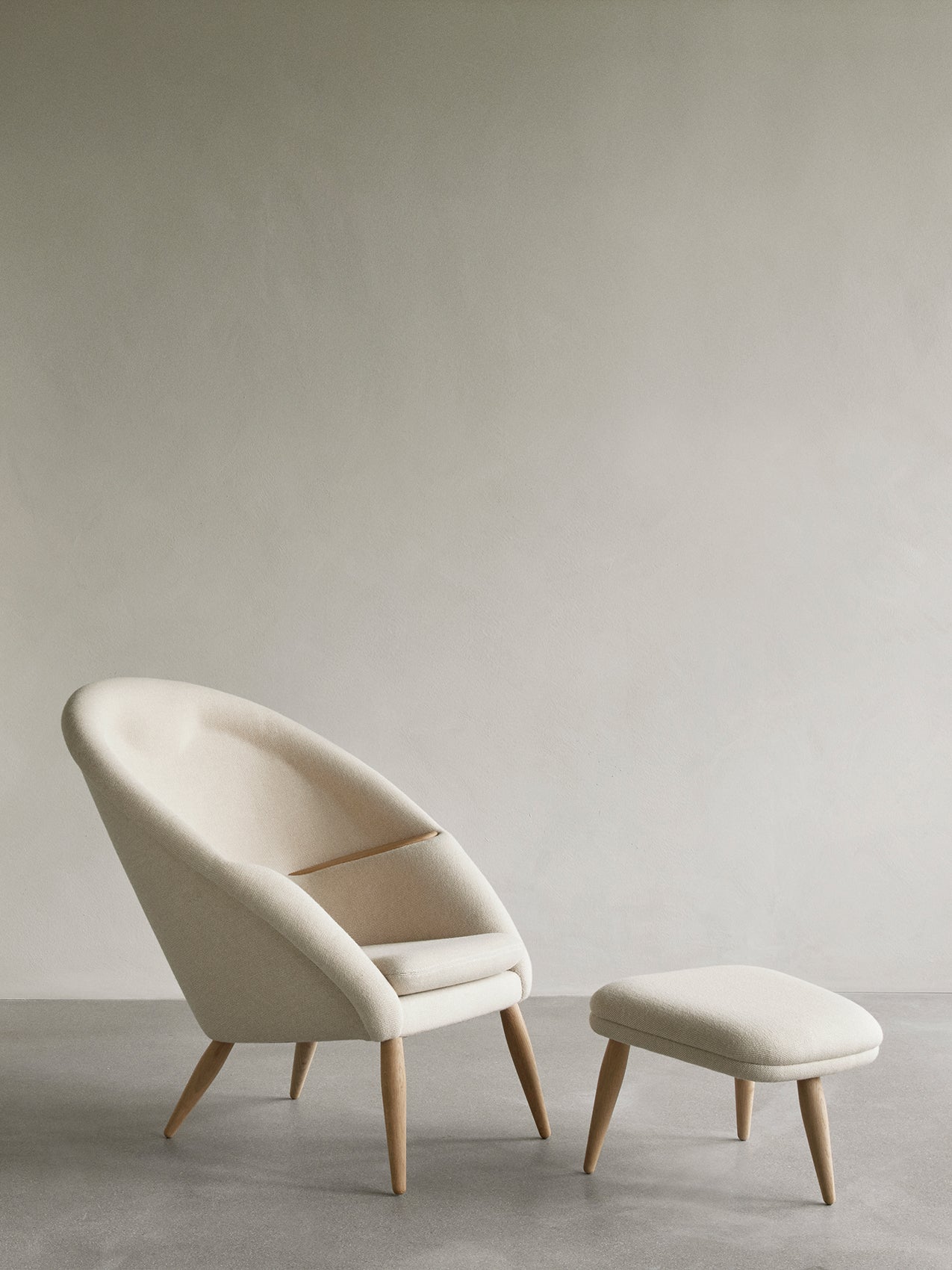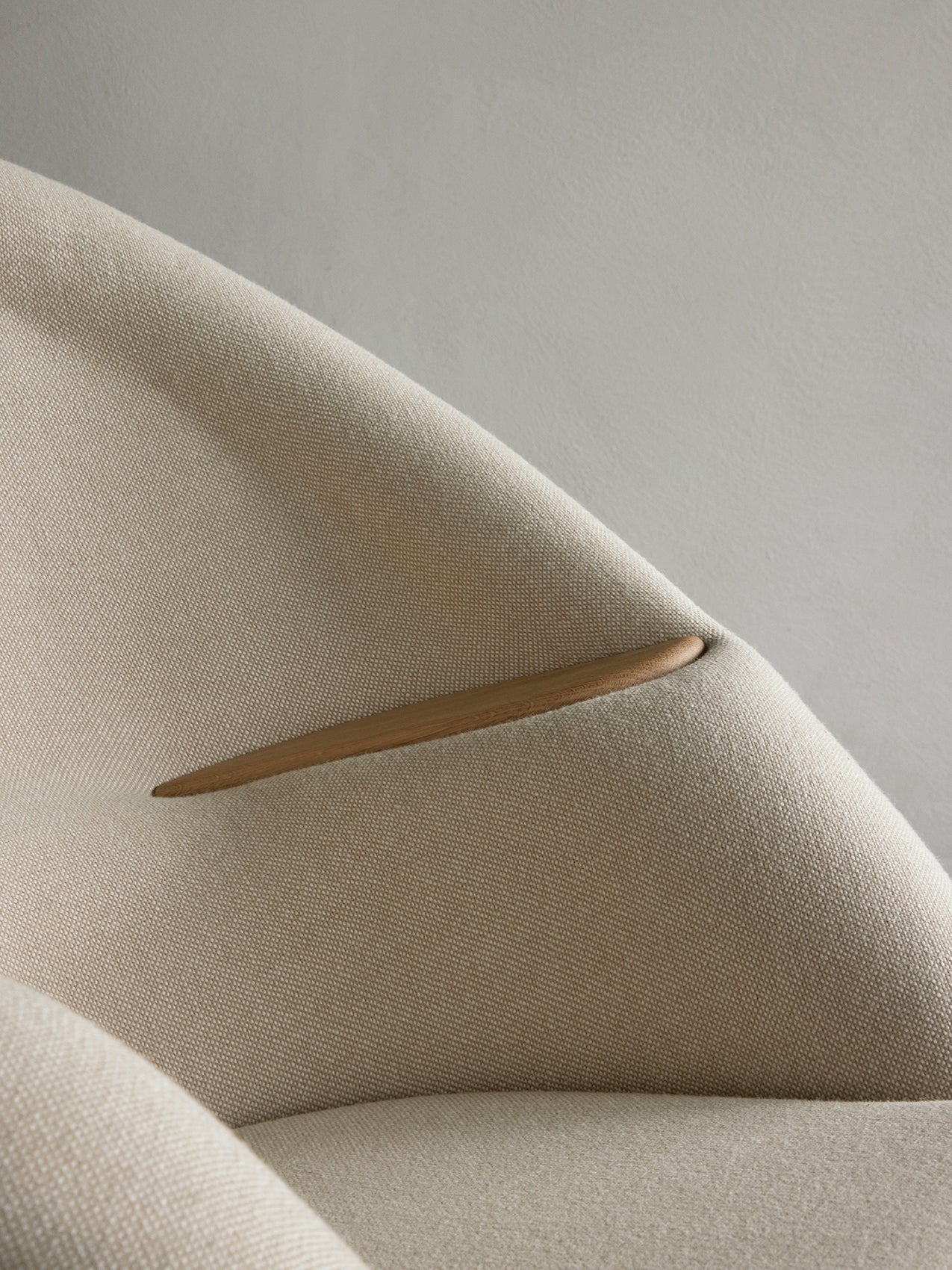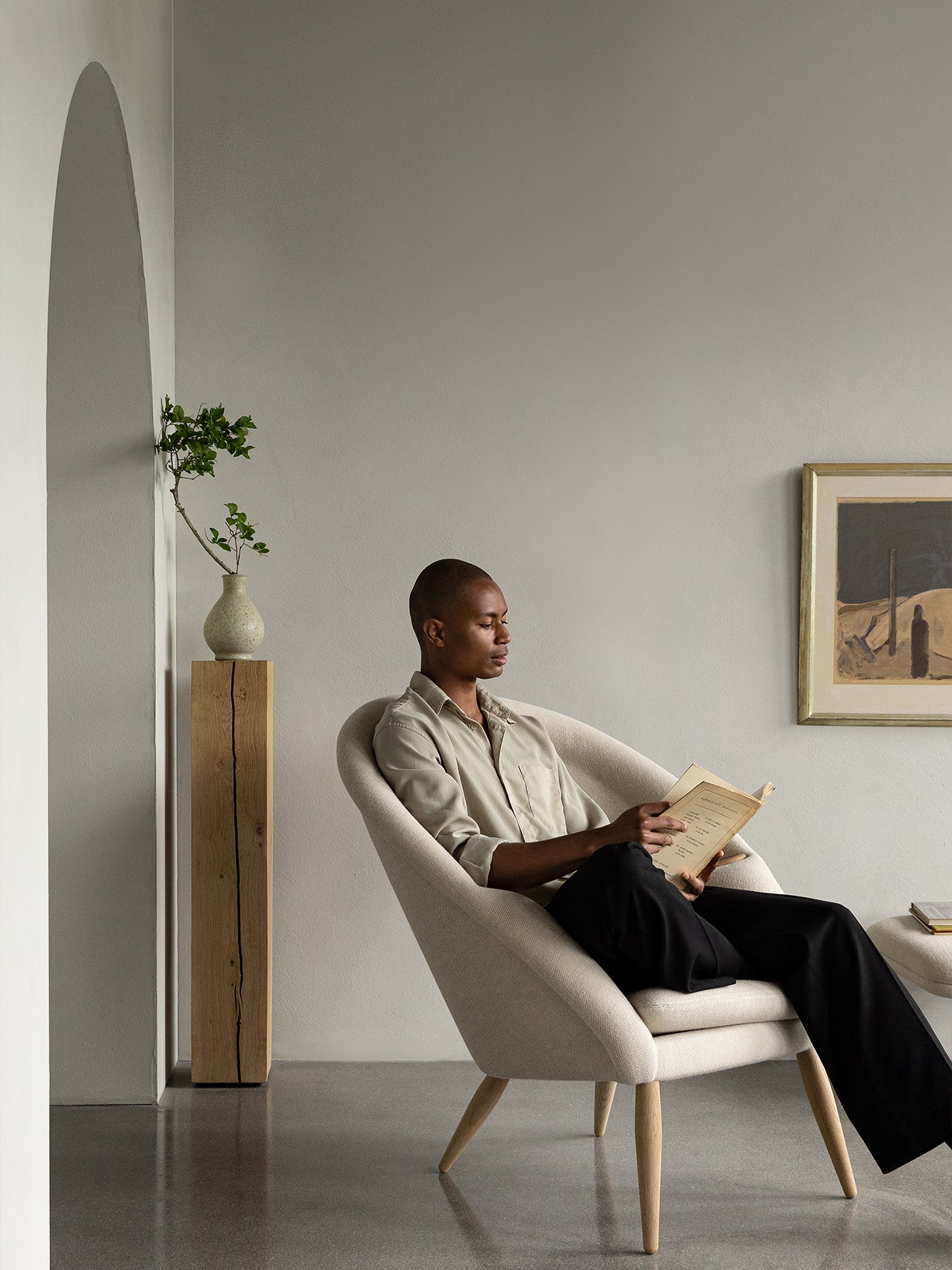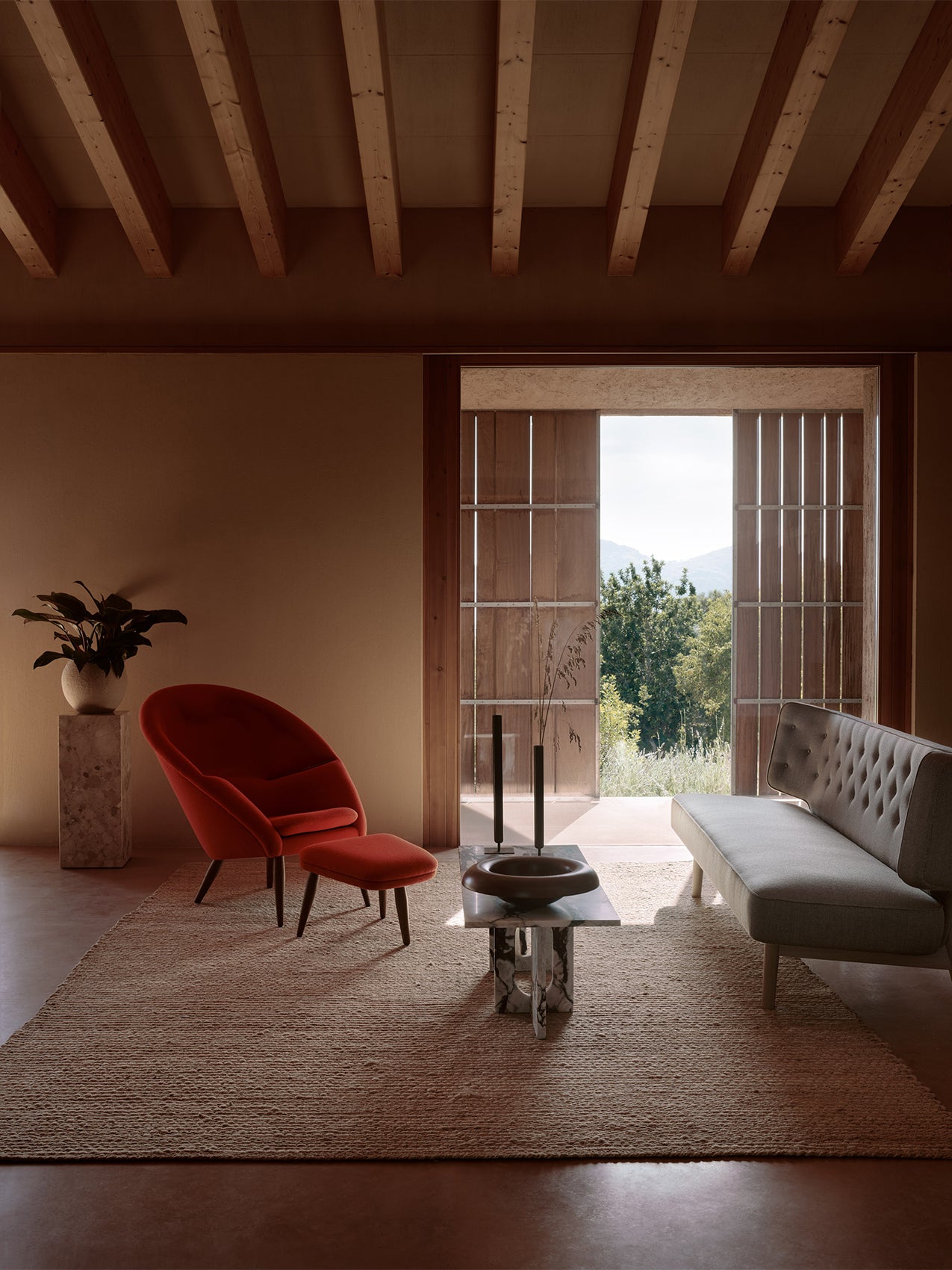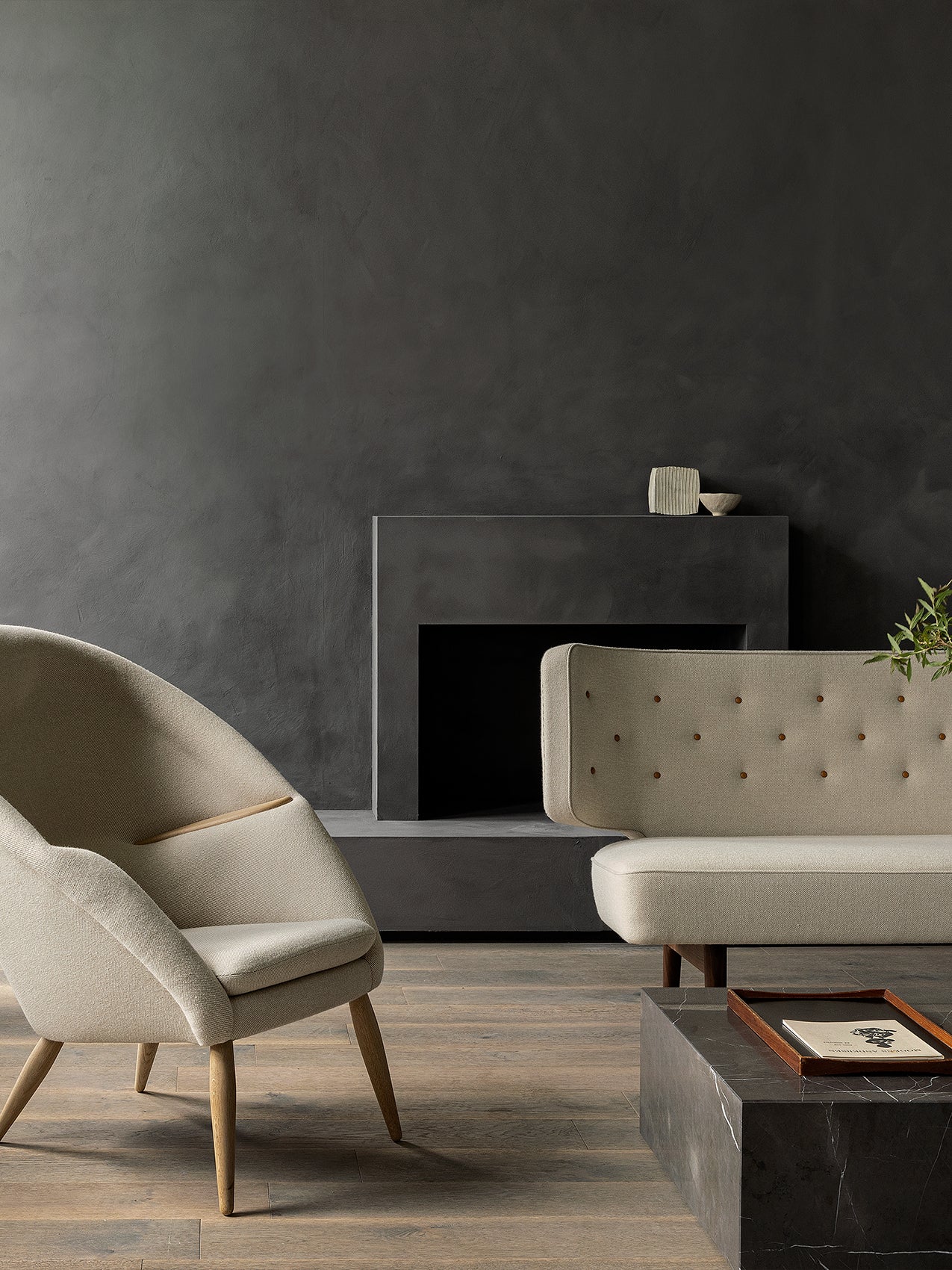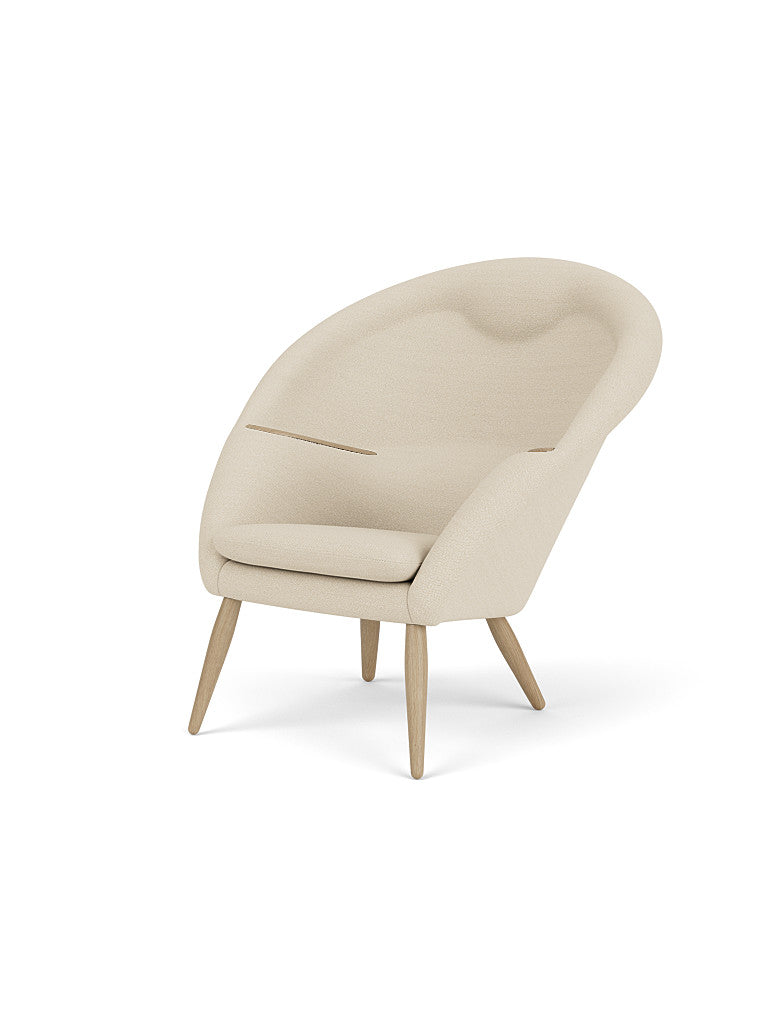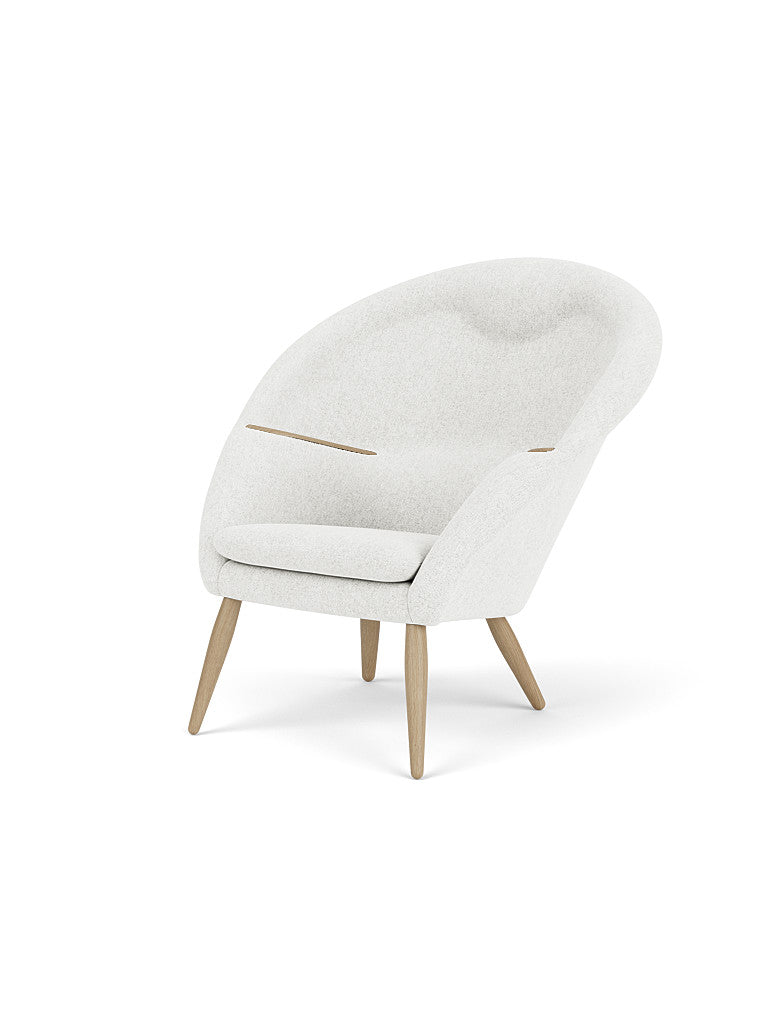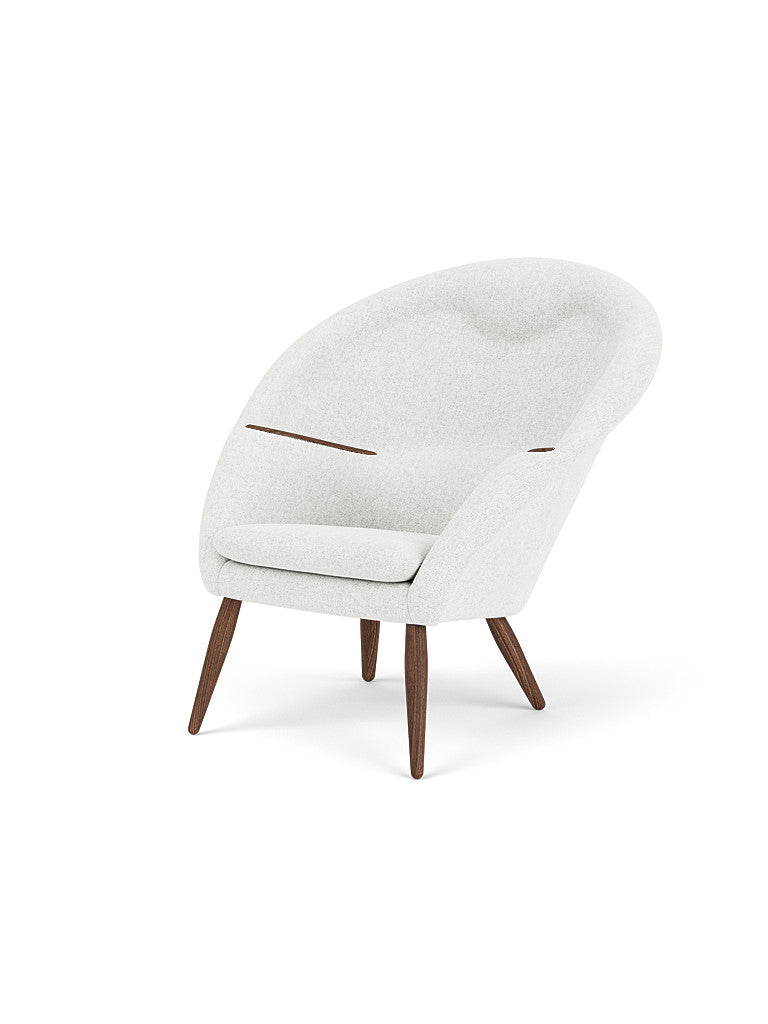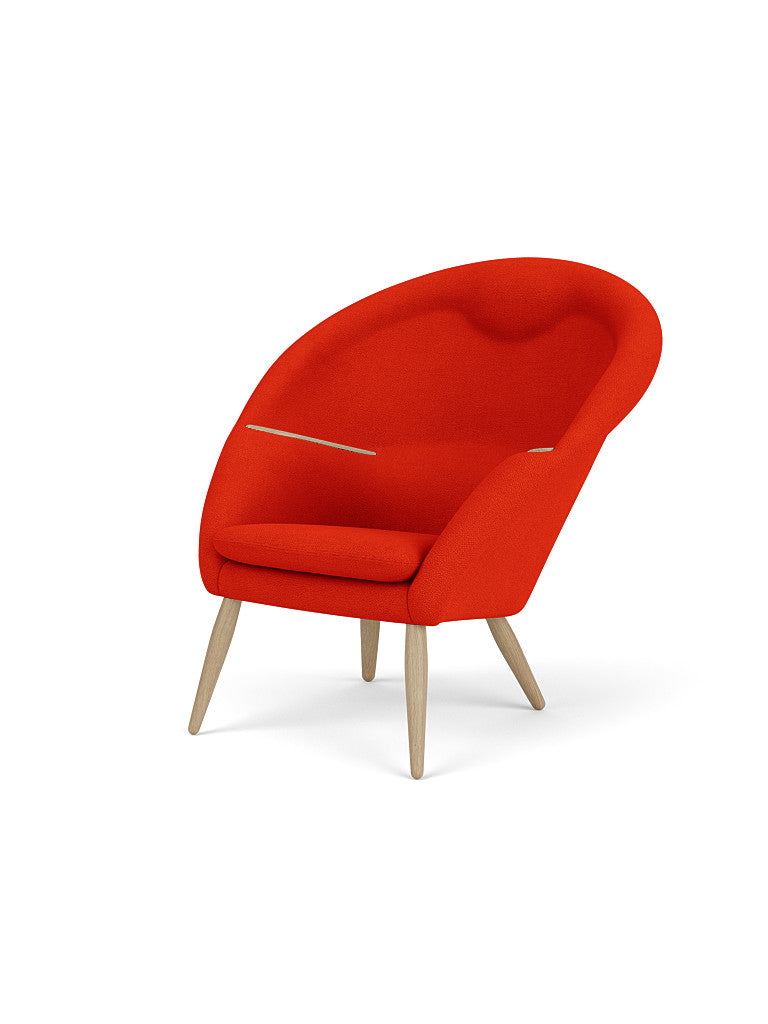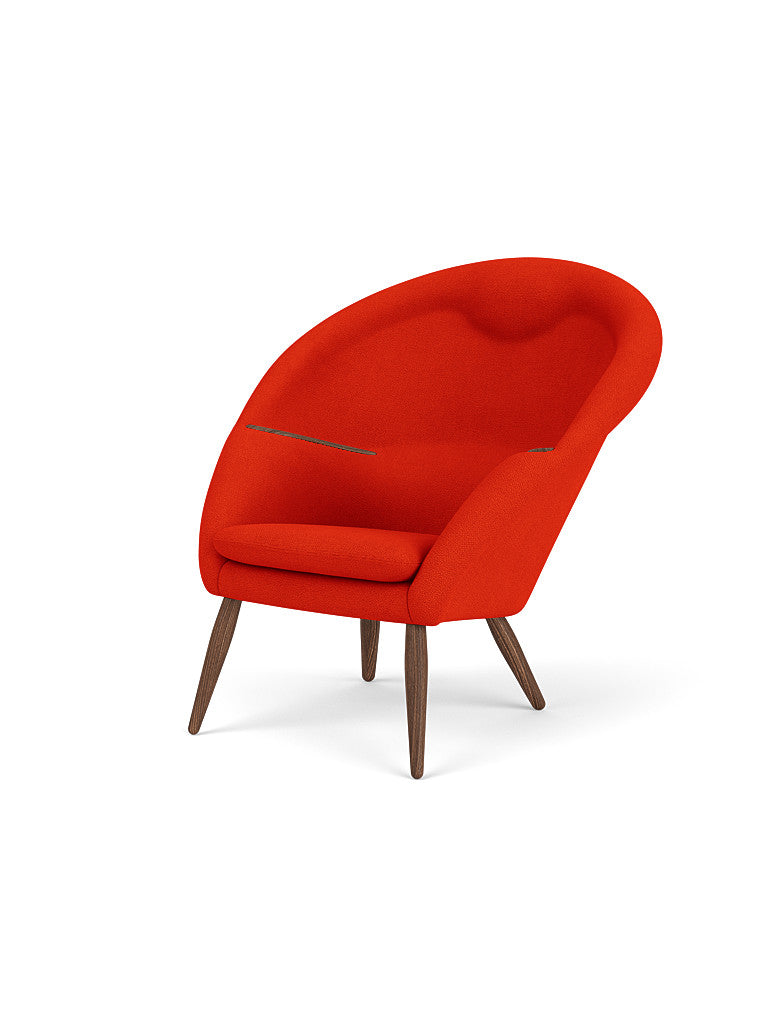Oda Lounge Chair
Oda Lounge Chair
Designer Arnold Madsen
Oda Lounge Chair
Oda Lounge Chair
Designer Arnold Madsen
SKU 71165-004628
Complete with:
Oda Lounge Chair
Oda Lounge Chair
Originally dubbed Model 9, the Oda Chair was an ambitious design from the very beginning. Created by Arnold Madsen in around 1956, the aesthetic reinterpretation of an armchair has a complex horseshoe construction with an integrated headrest and beautifully incorporated armrests in wood. Offering comfortable support, the embracing design was initially – and mistakenly – attributed to Nanna Ditzel. In 2020 it was rightfully credited to Madsen. Constructed according to a vintage version as there are no drawings of the original design, the Oda Chair profiles a sublime level of craftsmanship, evident in the intricacy of its upholstery. Available with legs in natural oak or walnut.
Height
39.37 in
Width
34.25 in
Depth
36.61 in
Seat height
15.35 in
Materials
Oak or Walnut, Steel, Solid beech, plywood, cold foam, linen, quilt foam
Free Large Item Shipping on Orders Over $100
Oversized Returns
We cannot accept returns on this item or other oversized/bulky furniture and large lighting items due to their large and to-order nature.
read more returnsHallingdal 65, 0600
Originally designed by Nanna Ditzel in 1965, Hallingdal 65 is an exceptionally durable upholstery fabric that features a harmonious blend of wool and viscose, both dyed before spinning to accentuate their texture. The wool contributes superior durability and flexibility, while the viscose enhances the colour with brilliance and depth.
0 1 2 3
C&M (BS5852-0/1), Cal 117, Crib 5 (BS5852-5)
100.000
3-4
7
Red
70% New Wool, 30% Viscose
Kvadrat
Colors:
Materials:
Hallingdal 65 0110
Originally designed by Nanna Ditzel in 1965, Hallingdal 65 is an exceptionally durable upholstery fabric that features a harmonious blend of wool and viscose, both dyed before spinning to accentuate their texture. The wool contributes superior durability and flexibility, while the viscose enhances the colour with brilliance and depth.
0 1 2 3
C&M (BS5852-0/1), Cal 117, Crib 5 (BS5852-5)
100,000
3-4
7
Grey
70% New Wool, 30% Viscose
Kvadrat
Colors:
Materials:
Hallingdal 65, 0200
Originally designed by Nanna Ditzel in 1965, Hallingdal 65 is an exceptionally durable upholstery fabric that features a harmonious blend of wool and viscose, both dyed before spinning to accentuate their texture. The wool contributes superior durability and flexibility, while the viscose enhances the colour with brilliance and depth.
0 1 2 3
C&M (BS5852-0/1), Cal 117, Crib 5 (BS5852-5)
100.000
3-4
7
Beige
70% New Wool, 30% Viscose
Kvadrat
Colors:
Materials:
Walnut
Please note: as each sample is crafted from natural wood, variations in colour and grain are to be expected. An oil finish enhances the characteristics of solid walnut, bringing out the depth and warmth of the wood while helping to repel moisture and dust to contribute to the longevity of the furniture. A reapplication of oil can often remove minor imperfections to rejuvenate the appearance.
Brown
Walnut, Solid
Colors:
Materials:
Natural Oak, Solid, Oil
Please note: as each sample is crafted from natural wood, variations in colour and grain are to be expected. An oil finish enhances the characteristics of solid oak, bringing out the depth and warmth of the wood while helping to repel moisture and dust to contribute to the longevity of the furniture. A reapplication of oil can often remove minor imperfections to rejuvenate the appearance.
Beige, Brown
Oak, Solid
Colors:
Materials:

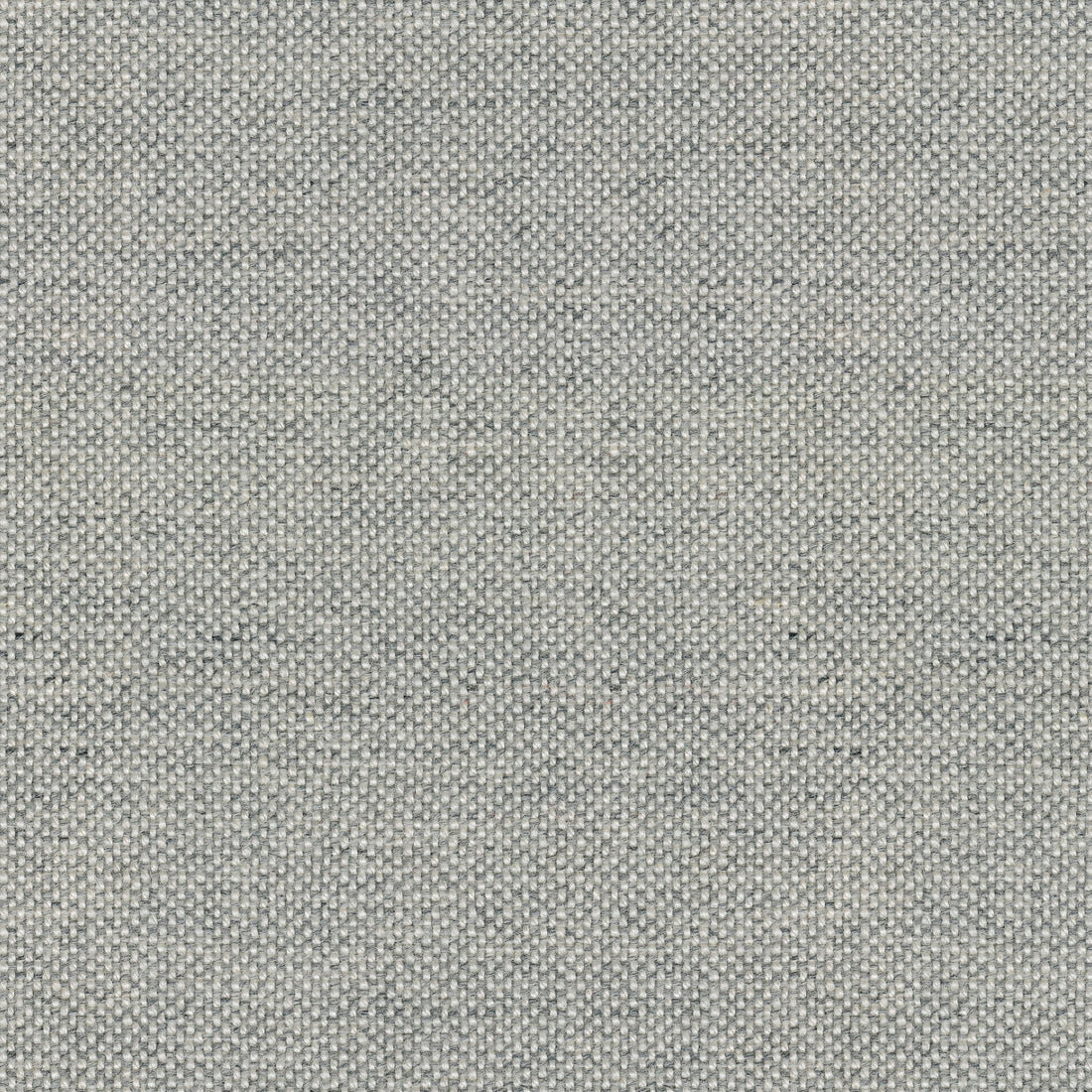
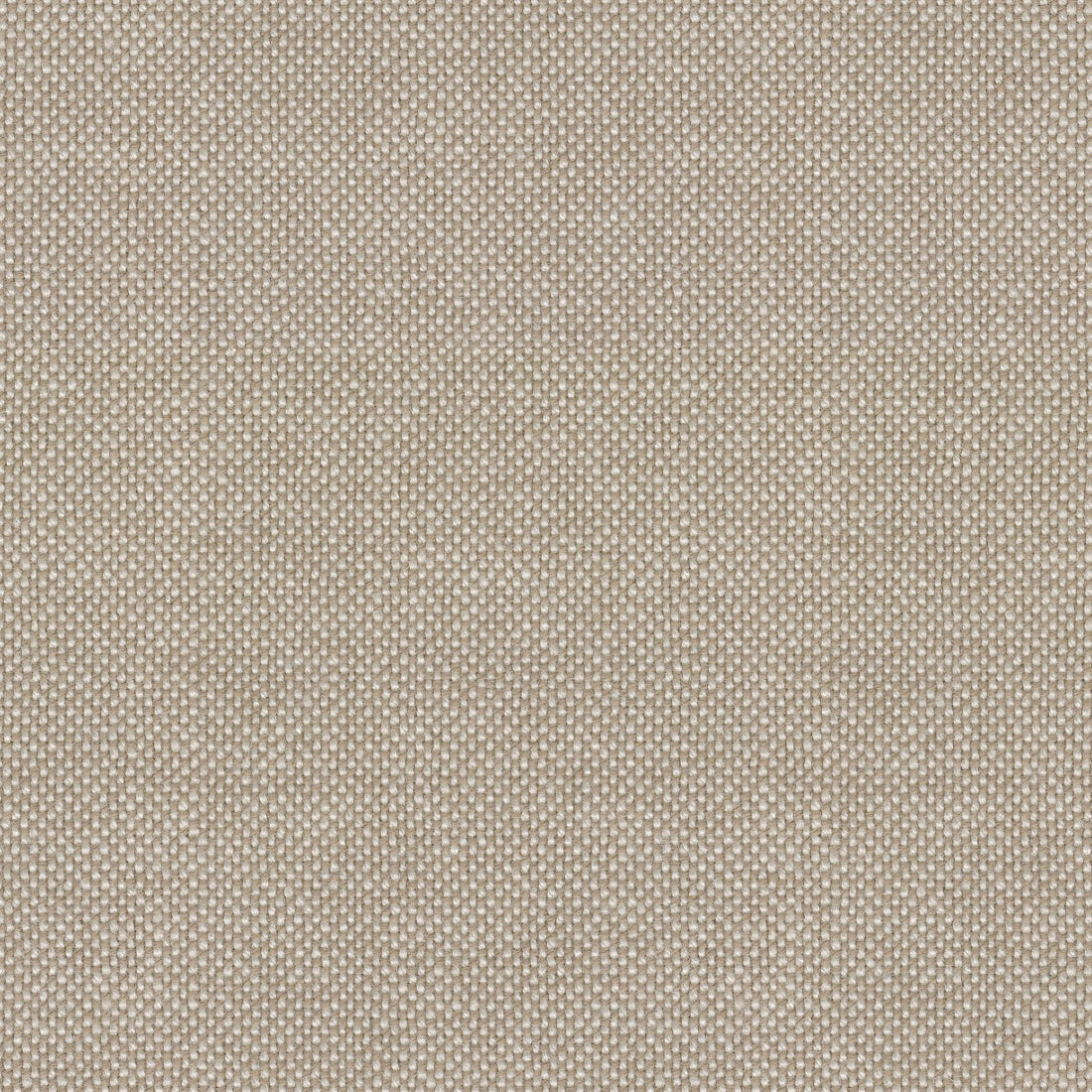
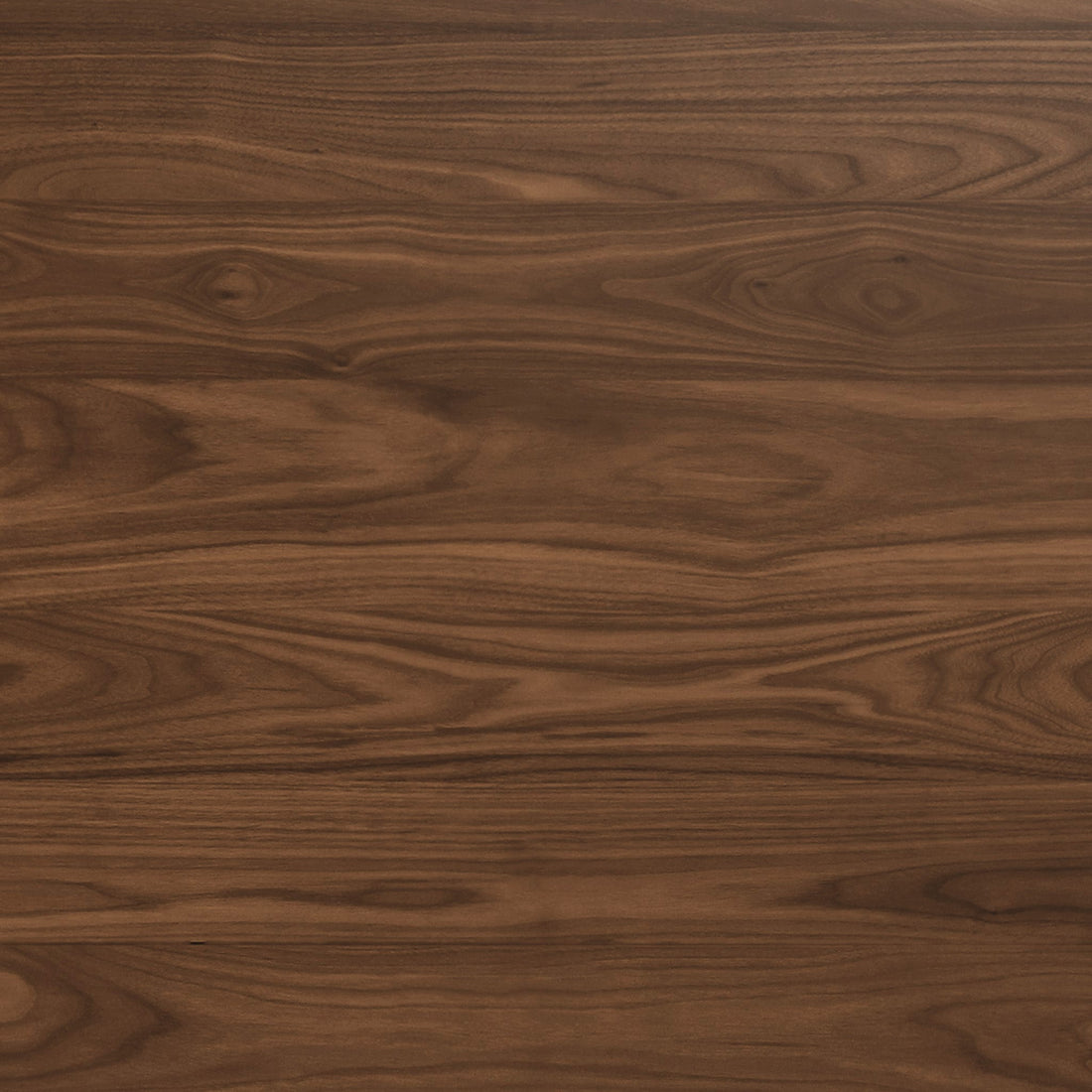
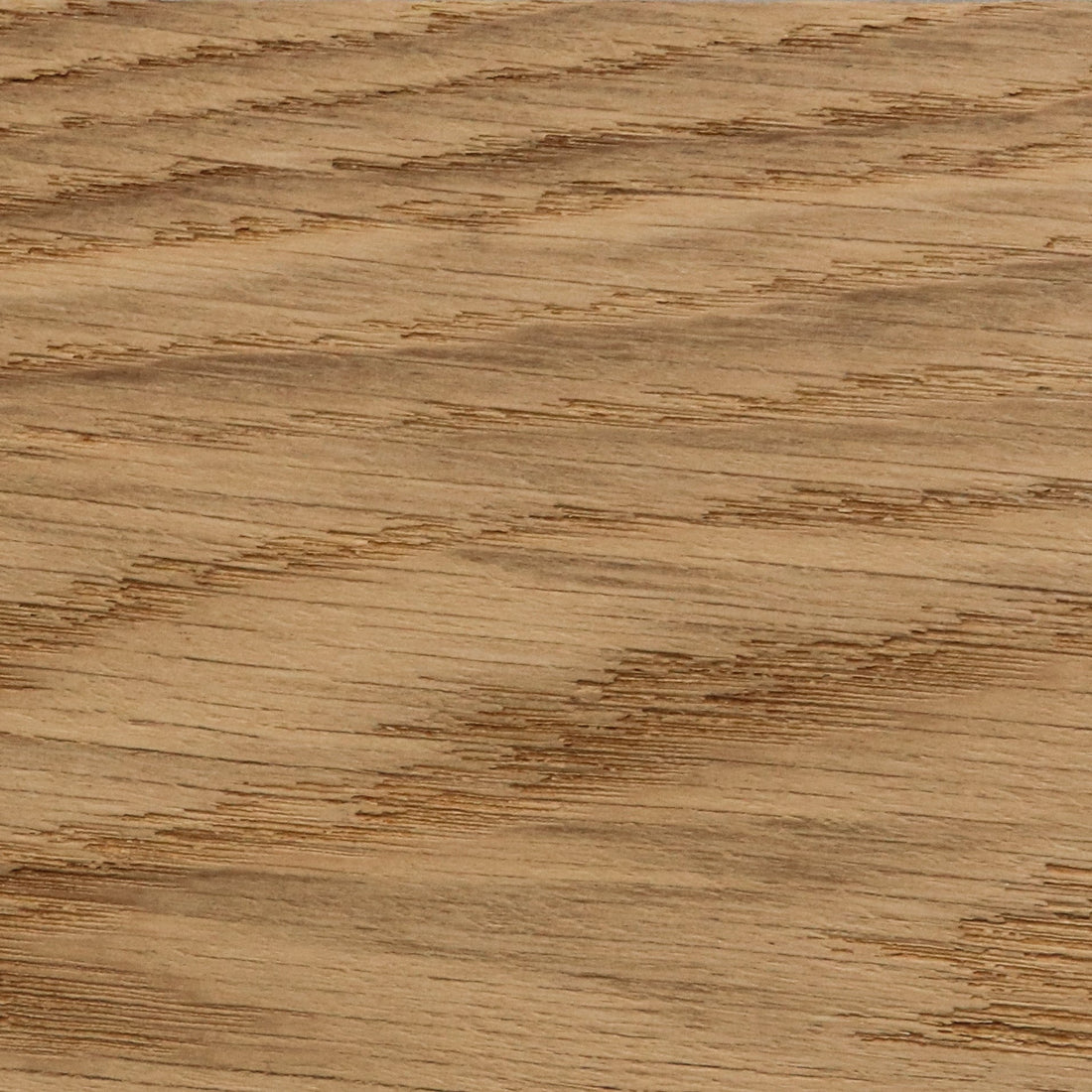
MEET THE DESIGNER
Arnold Madsen
Arnold Madsen (1907-1989) is one of the best kept secrets of the Danish Modern era, despite the fact that some of his furniture pieces today have classic status. Born in a small town in North Jutland, as a young man he went to sea and worked as a sailor. He then emigrated with his father and three brothers to Canada, where he, among other things, earned his money as a cowboy and rodeo rider. After returning to Denmark, he settled in Copenhagen and trained as a furniture upholsterer. In 1941, he opened his first workshop and in 1945 he founded Madsen & Schubell together with Henry Schubell, producing furniture between 1945 and 1965. The epitome of Danish Modernism throughout Europe, the company created a string of successful designs until its closure in the mid-1960s. Arnold Madsen was an atypical representative of Danish modernism. He had neither studied architecture, nor was he a trained furniture designer or cabinetmaker. And he did not loudly advertise his furniture. Despite being a man of few words, his drive and determination led him to create some of the era’s most experimental furniture. Investigating form and materials, in particular round shapes, he created elegant designs—visually light, meticulously upholstered yet stable and comfortable. His Oda Chair represents his pioneering approach. A welded steel frame connected to a piece of bent plywood and fixed armrests within the shell made the design revolutionary. In 1944, he created the Clam Chair. Despite being accredited to Philip Arctander, today the design is believed to come from the hand of Arnold Madsen and manufactured by Madsen & Schubell. The evidence is compelling. History repeated itself with the Oda Chair from the mid-1950s, which was until recently wrongly credited to Nanna Ditzel.

























